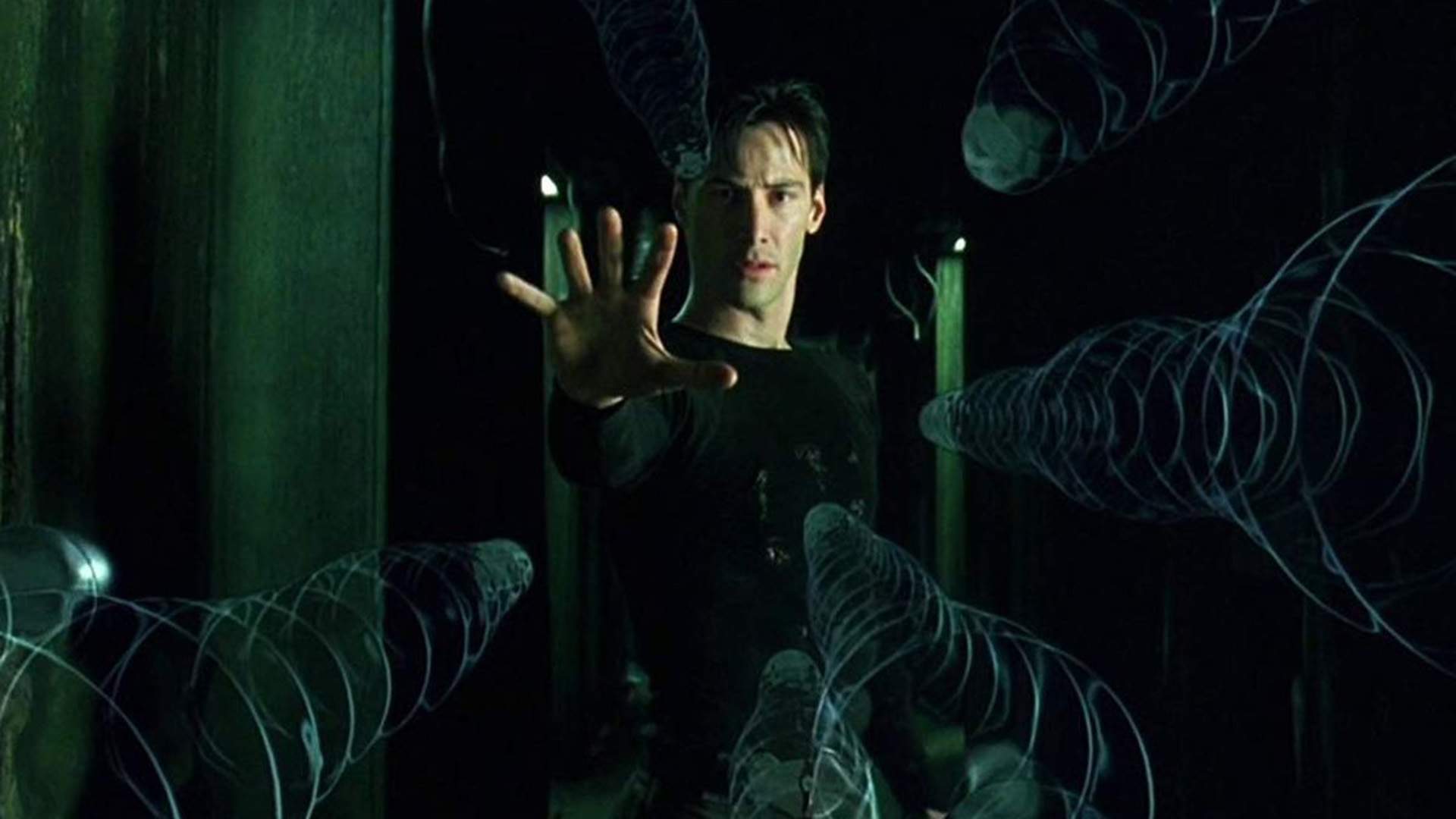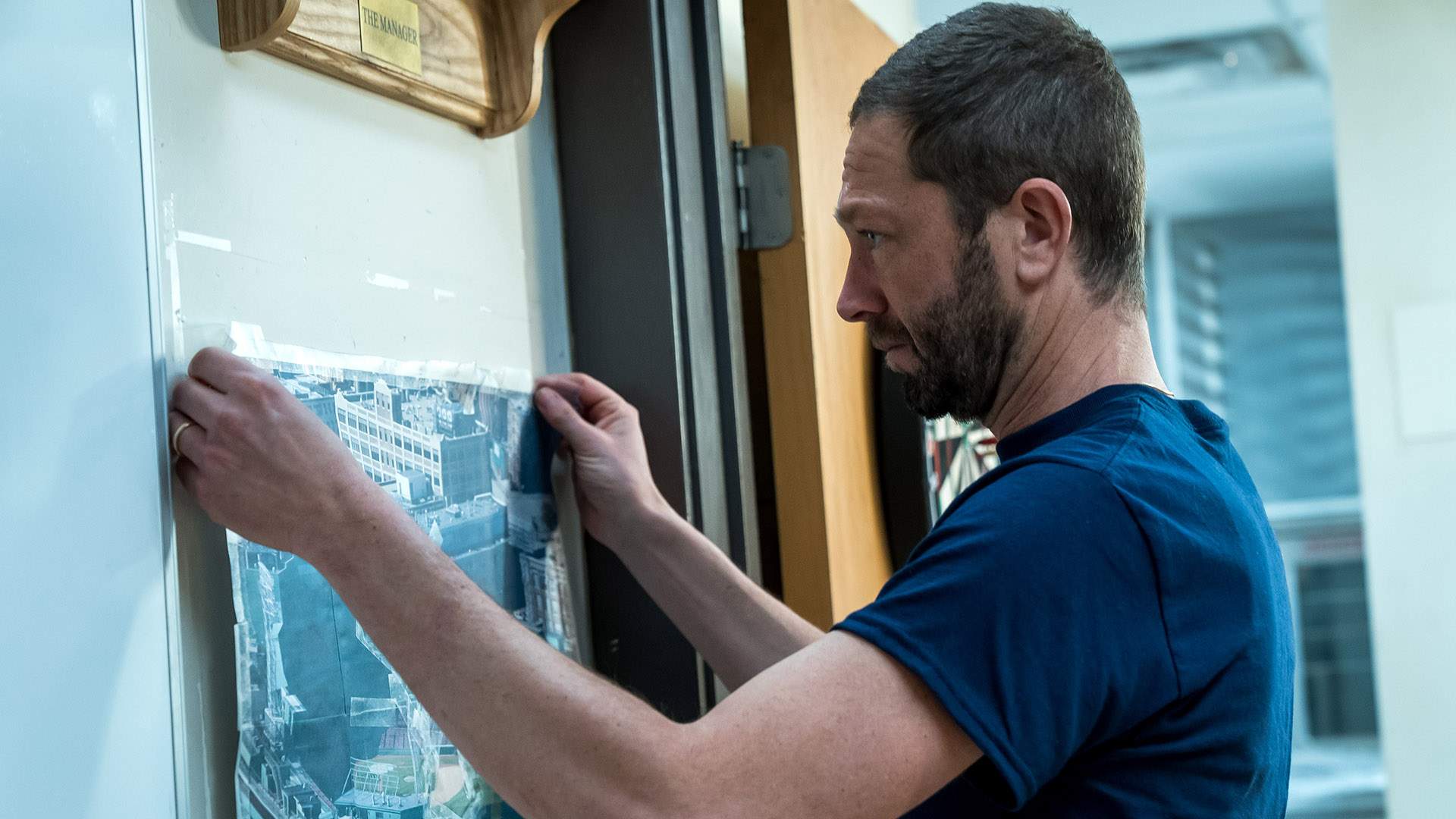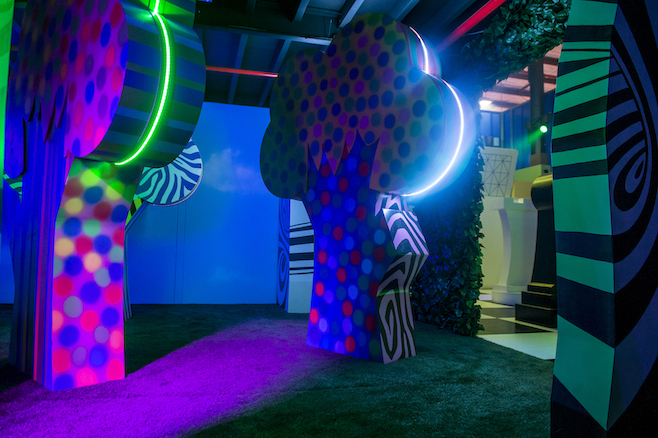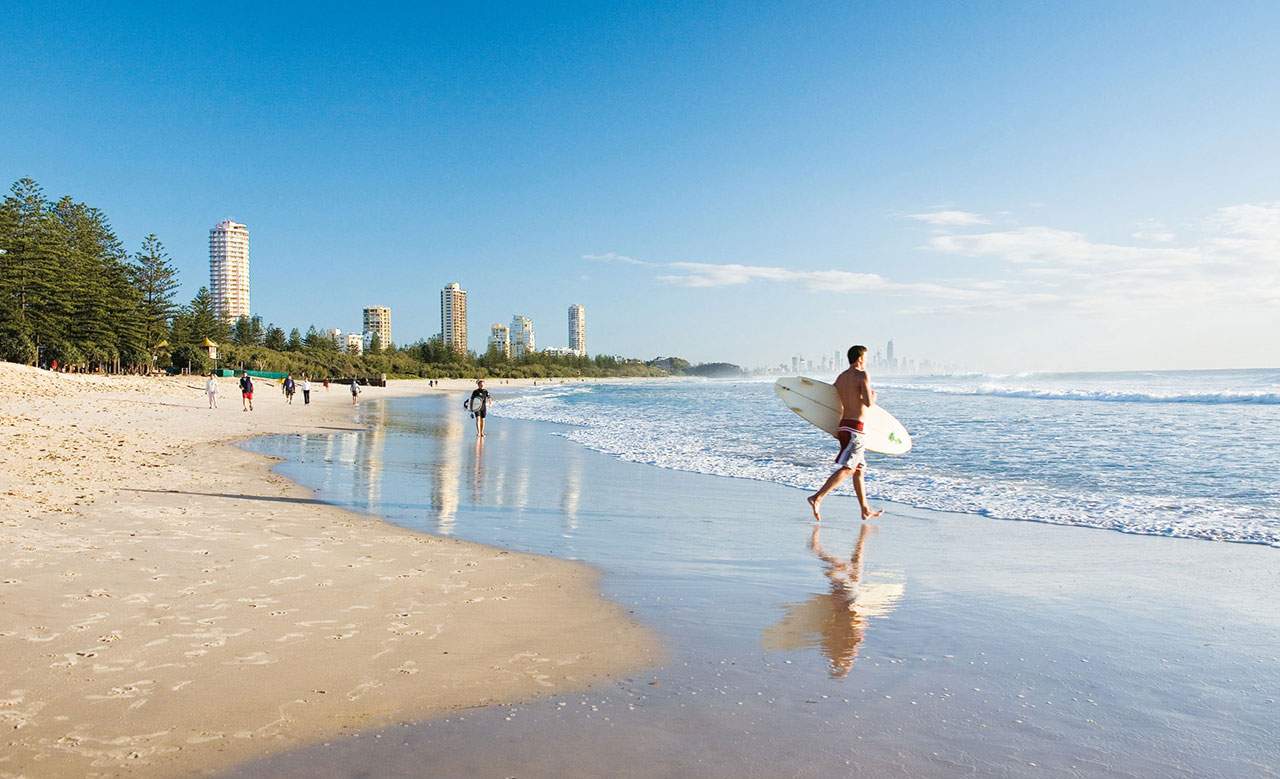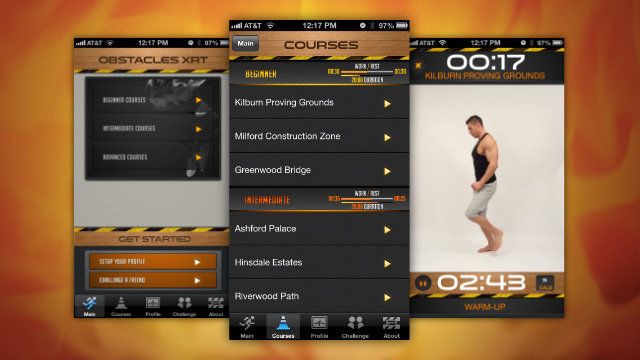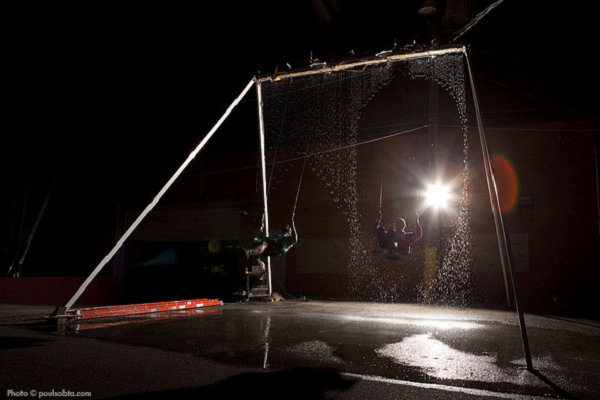-
News
Ten Ways to Keep Cool in Brisbane This Summer
Stay cool at the hottest places in town all summer long.
-
News
RSPCA Queensland is Holding Their First-Ever Pop-Up Adoption Drive
Spend your Saturday surrounded by pups and kits.
-
News
Concrete Playground's Most Popular Posts of 2014
Markets, macarons and milkshakes had your fingers clicking this year.
-
-
News
These Were the Most Instagrammed Places in Australia for 2014
Which snap-happy places got the most filter-laden love this year?
-
News
Concrete Playground’s Ultimate Christmas Gift Guide
The products we've been eyeing off all year.
-
News
This Invisible Air Umbrella Will Absolutely Not Turn Inside Out
Or hit your fellow pedestrians in the head.
-
-
News
The Ten Best Ways to Spend a Sunday in Brisbane
It's not Monday yet. Enjoy the weekend out to its full potential.
-
-
News
Seven Reasons to Leave the House This Weekend
Brainfood films, a plethora of art exhibitions and a brand new festival launch; staying indoors is so last weekend.
-
News
Customise Your Own Waves at the Sunshine Coast’s Epic New Wave Pool
Choose the size, length and time limit of your own wave.
-
News
Trampoline Palace Sky Zone Brings the Best Bits Of Your Childhood Together
Jump into the world's first indoor trampoline park.
-
News
Eight Reasons to Leave the House This Weekend
There's plenty of winter harvest spoils to be devoured, films to be snuggled into and live music to warm your hands on this weekend.
-
News
Jess Scully’s Guide to Getting into Winter in Sydney
The Vivid Ideas festival director embraces winter with open arms and some hot tips.
-
-
News
Grow Your Indoor Garden Haven with New Plant Warehouse Loose Leaf
The Loose Leaf team chat about reconnecting with nature, your home's microclimates and the one plant that thrives on neglect.
-
News
Minimal Living: Rejecting Excess and Finding Clarity with Lottie Consalvo
Are we weighed down by our possessions? We speak to artist Lottie Consalvo about low-living.
-
News
The Four Best Karaoke Spots in Brisbane
Where boys become Men at Work, and girls develop into Scissor Sisters.
-
News
Your Guide to Weekends on the Gold Coast
It’s time to reclaim your weekends and take a mini-break to the GC.
-
News
The World’s First Connected Tennis Racquet Might Be Better Than a Coach
Aus Open, here we come.
-
News
Raise the Stakes in Your Pretentious Convos with New Metagame
A game that asks the eternal question, 'Which feels like first love: Pride and Prejudice or Hungry Hungry Hippos?'
-
News
The Ten Best Beaches Near Brisbane
Summer smells like sunscreen, feels like sand between your cheeks and looks like old men in Speedos.
-
News
The Future of Gardening’s Looking Up
Patrick Blanc talks to Concrete Playground about the vertical garden phenomenon.
-
News
Concrete Playground Does Tough Mudder
We get our arts + culture editor, James Frostick, out of the gigs and under some live wires.
-
News
The Ten Best Apps to Boost Your Fitness
Refresh and renew your fitness regime with these ten awesome apps.
-
News
The Ten Best Swings Ever
Things have come a long way since your ma or pa tied a threadbare rope to a used tyre.
-
News
A Glamping Guide for Music Festivals
Gear up for all of winter's festivals with 10 glamping necessities.



























































































